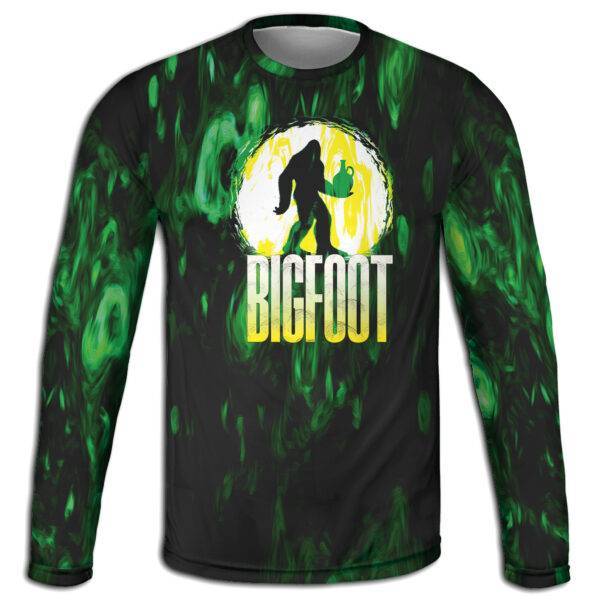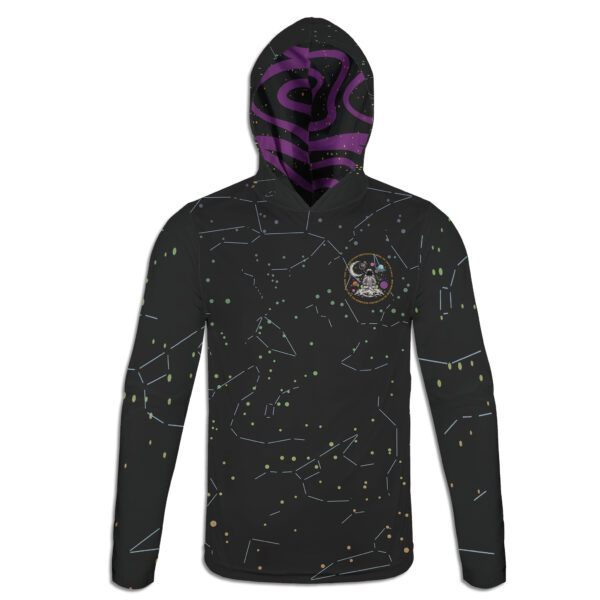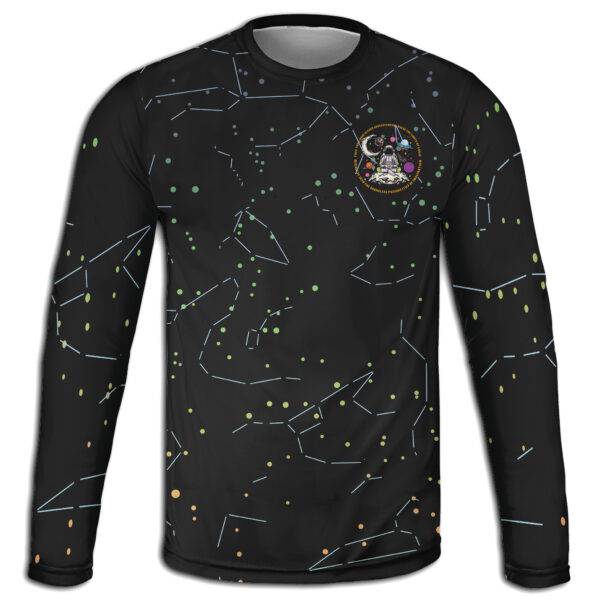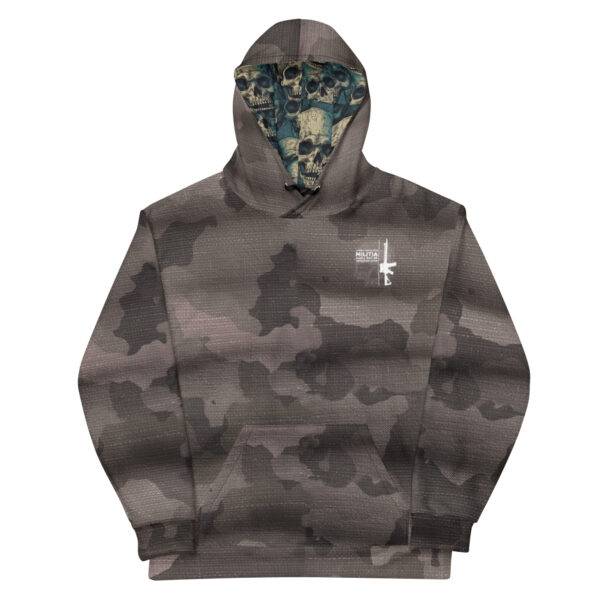
Introduction:
In the ever-evolving world of printing technology, Direct to Film (DTF) and Direct to Garment (DTG) printing have emerged as prominent techniques, each with unique benefits and applications. This article delves into the nuances of DTF and DTG, comparing them with other printing methods like screen printing, providing both a simple overview and an in-depth analysis of their history and technology.
Simple Explanation of DTF vs DTG:
Screen Printing: An older technique where ink is applied onto fabric through a stenciled mesh screen. Great for large orders and simple designs.
In-Depth Analysis:
1. History and Evolution:
2. Technology and Process:
3. Applications and Suitability:
4. Quality and Durability:
5. Cost and Efficiency:
Conclusion:
Both DTF and DTG printing technologies offer unique advantages and have revolutionized the fabric printing industry. While DTG excels in quality and detail for smaller orders and cotton fabrics, DTF stands out in versatility, durability, and efficiency across various fabric types. Understanding these differences is crucial for businesses and individuals to choose the right printing method for their specific needs.
Further Reading:
For more detailed information on DTF and DTG printing, as well as insights into the latest developments in printing technology, visit [relevant websites or industry journals].

Step into the wild with t
This product has multiple variants. The options may be chosen on the product page
Embrace cosmic energy wit
This product has multiple variants. The options may be chosen on the product page
Embrace cosmic energy wit

This comfy unisex hoodie
This product has multiple variants. The options may be chosen on the product pageUnlock Ultimate Design Freedom